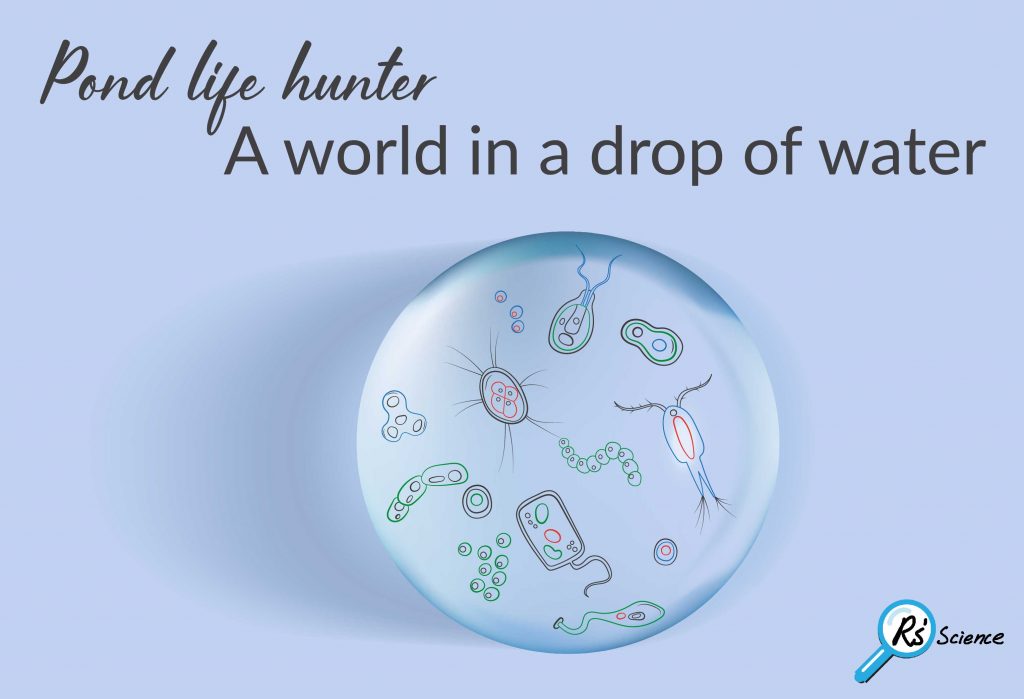Let’s go out hunting! All areas of water, from small ponds to large oceans, contain a wide variety of tiny creatures, both plants, and animals! Try and see if you can find them in a drop of water under the microscope.
- Protist – Protozoa (“animal-like”), Protophyta (“plant-like”), molds (“fungus-like”)
- Plant – Algae, Diatoms
- Animal – Rotifers, Gastrotrich, Bryozoa, Worms, Hydra, Tardigrades (water bears), Arthropods.
This article covers
Where to find microorganisms (pond life)?
- On your next outdoor trip, bring a couple of test tubes with you.
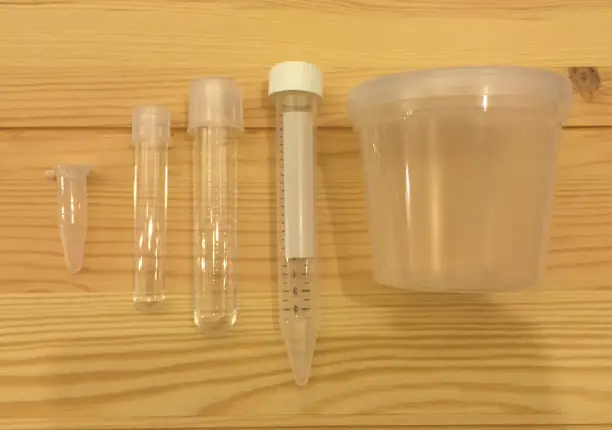
- You can collect fresh water from ponds and salt water from the sea or rock pools.
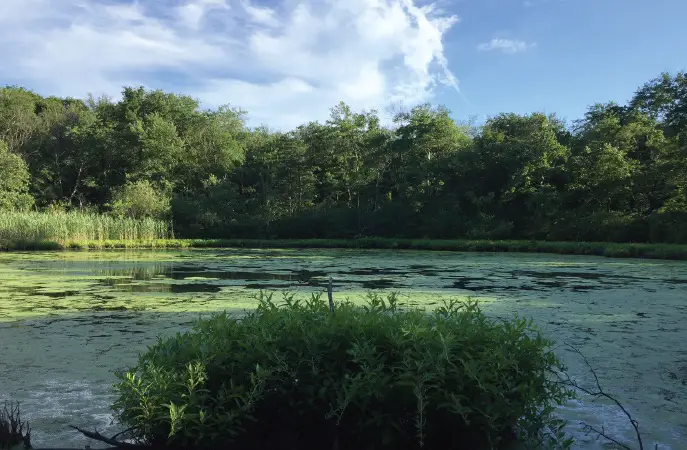
- Pour some of the water sample into a Petri dish and leave it to settle for a few minutes.
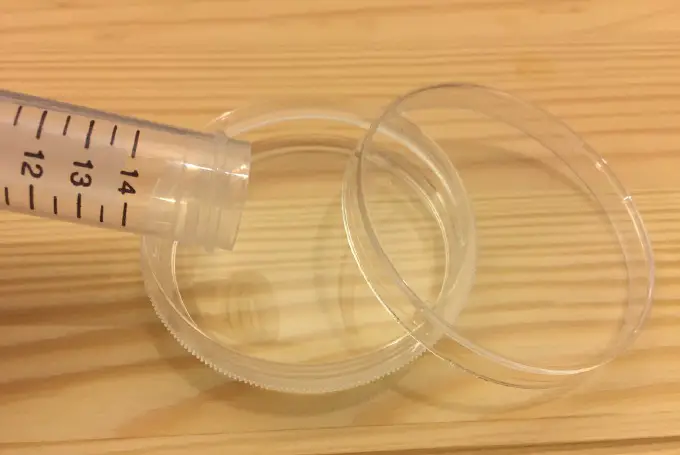
- Use a dropper to take up a small amount of liquid that contains some specks.
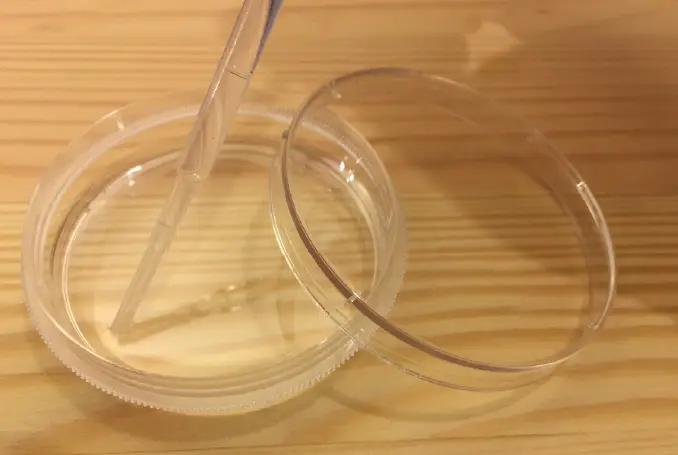
- Place a few drops of the water onto a single-well slide (glass microscope slide with a cavity in the center) and then put a coverslip over the top.
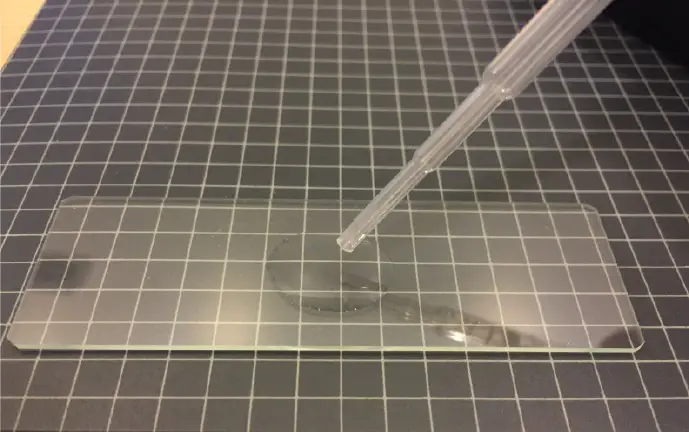
- When you watch under the microscope, use dark background illumination if you have the filter set. Below is an example.
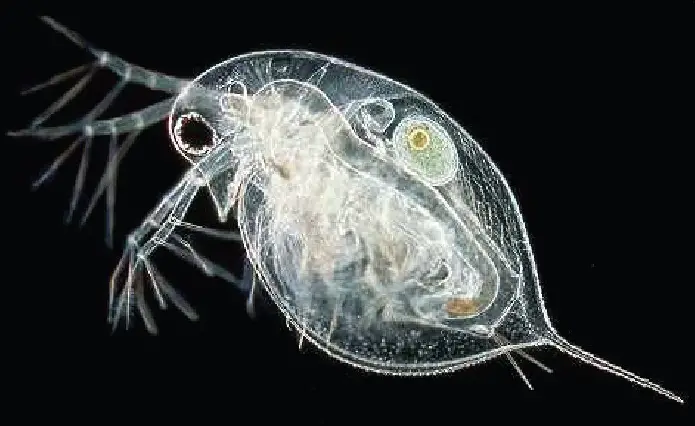
Document what you see
If your microscope has a camera, take some pictures and share it with your friends. Or you can draw what you see under the microscope, like the microbiologists in the early 19th century. Try to identify the creatures you found by matching them to the Illustrations you can find in the library or websites.
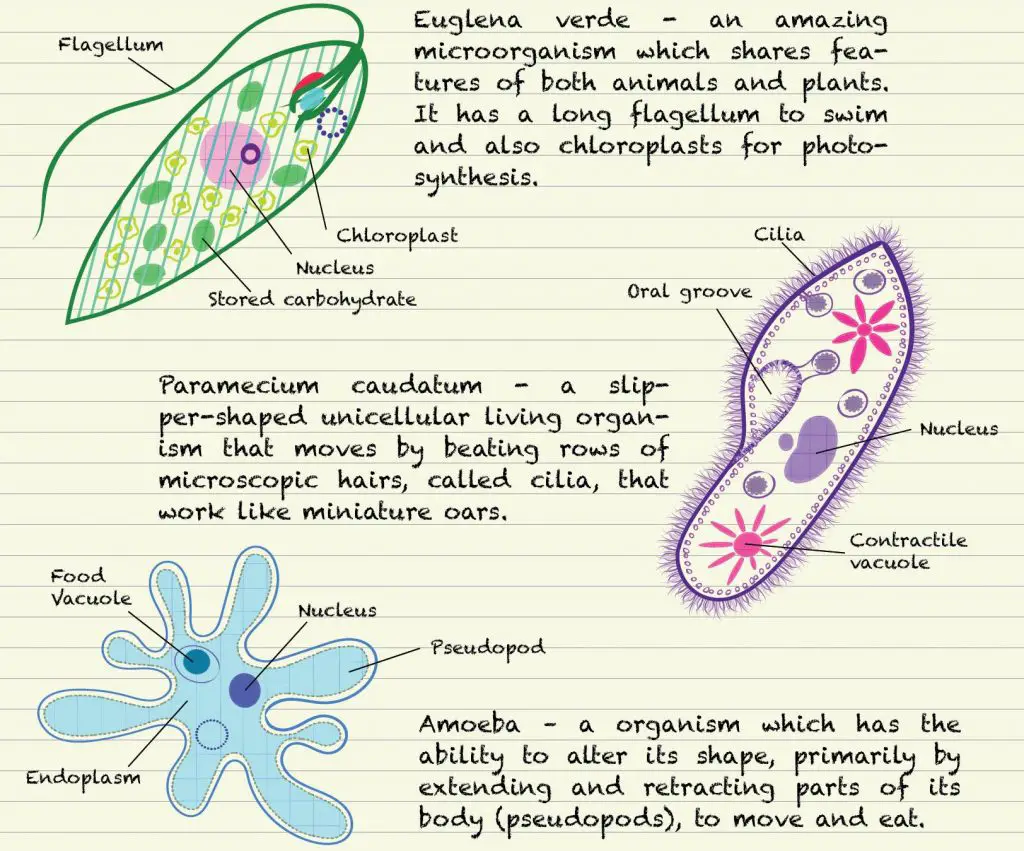
Pond life in action
We have several field trips to get Tardigrades (water bears), Rotifers, Worms, Ciliates, Algae, and Amoebas. Please check out here.
[In this video] Pond life under the microscope.
Many small ciliates swim around a piece of food using their hair-like cilia. Two ciliates play around behind a piece of aquatic plant. A rotifer anchors itself when feeding. The rotifer uses its cilia to move like a rotating wheel to create a vortex and suck in food. A planarian moves fast and a nematode moves by twisting. Finally, a water bear is crawling on a piece of the leaf.
Ciliates
The ciliates are a group of protozoans characterized by the presence of hair-like organelles called cilia.
Amoebas
Amoeba is known for the way they move, a primitive crawling manner – through extension and retraction of “false feet” (or pseudopods) over varied substrates. This kind of movement, therefore, called “Amoeba movement”. Amoeba does not have a fixed shape – it constantly changes because it extends its pseudopods.
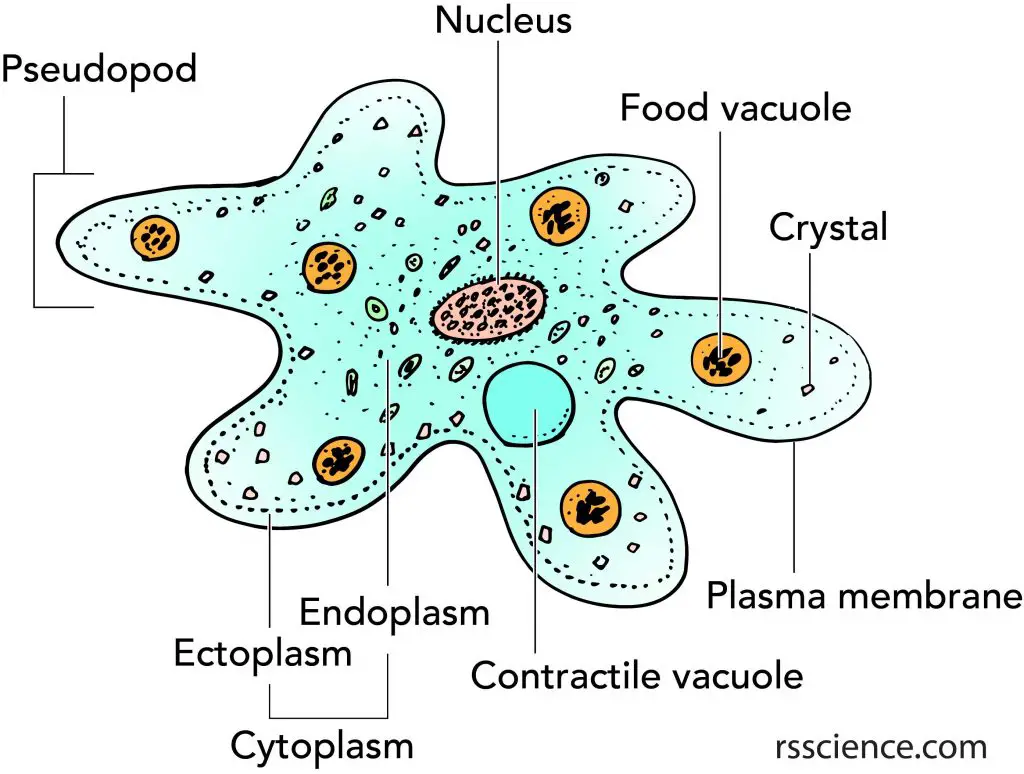
[In this figure] The microanatomy of Amoeba.
An amoeba has a single granular nucleus, containing most of the organism’s DNA.
Amoeba moves and hunts by extending pseudopods.
A contractile vacuole is used to maintain osmotic equilibrium by excreting excess water from the cell.
Several food vacuoles are used to digest food particles.
The cytoplasm can be divided into two parts: a granular inner endoplasm and an outer layer of clear ectoplasm, both enclosed within a flexible plasma membrane.
Crystals are condensed wastes produced by the cell.
You can learn more about “Facts about Amoeba“.
Tardigrades (water bears)
You may hear that the water bears (official name: Tardigrades) are the toughest animal on the Earth. Water bears can survive in hot springs, in the deep ocean, under solid layers of ice, and even after exposure to deadly irradiation.
How can they do that? It is because water bears can enter a resting state known as cryptobiosis and suspend their body activity under these harsh environments. They will wake up once the environment becomes suitable for living.
You can learn more about “Tardigrades“.
What does your tiny creature look like? Please share with us below!

